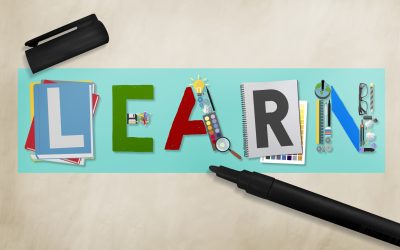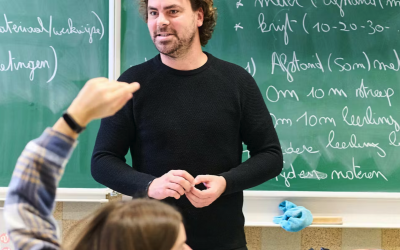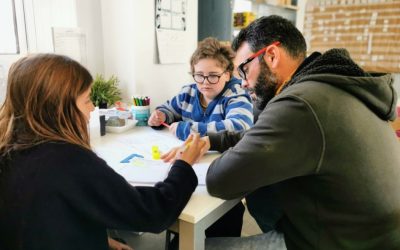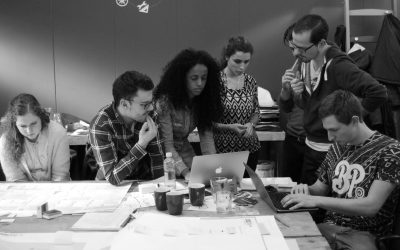Hello! I’m Joos Van Cauwenberghe, a STEM teacher from a secondary school, RHIZO in Kortrijk, Belgium. As an active partner in the Agile for Collaboration project, I’ve had the opportunity to immerse myself in agile learning’s philosophy, principles, and tools. This journey has led to me discovering numerous accessible methods of integrating agile learning into traditional classroom practices. This integration has unlocked the potential for improved classroom management, increased learning motivation, a more robust class culture, happier students, and enhanced student learning outcomes. As the new academic year dawns, I’m excited to share my learnings and tools with my fellow educators to improve our classrooms collectively.
In this blog post, I highlight four agile rituals that you can immediately integrate into your teaching practice, exploring the What, Why, and How of each.
Ritual 1 – Offerings/Request
What: The Offerings/Request Board lists available learning offerings, opportunities, and resources. It is a window into the community’s interests and curiosity.
Why: Although traditional education has a more rigid curriculum, integrating students’ interests through an Offerings/Request board can immensely enhance their learning motivation.
How: Set boundaries for proposing offerings/requests and establish a routine use. Make it a permanent fixture in your classroom and create clear guidelines on its usage. This tool is particularly beneficial for teachers employing project-based learning strategies, enabling students to contribute to the preparation and execution of lessons.
Ritual 2 – Community Mastery Board (CMB)
What: A CMB is a tool facilitating the creation of community agreements. It’s divided into four columns: Awareness, Implementation, Practicing, and Mastery.
Why: Dynamic and collaborative agreements instil a sense of ownership among students and foster an evolving classroom culture, which boosts learning efficiency and motivation.
How: Make the CMB a permanent classroom tool. Regularly revisit these agreements and be open to evolving them as the academic year progresses.
Ritual 3 – Gameshifting Board
What: The Gameshifting Board makes implicit social rules explicit, facilitating dynamic group interactions and contributing to intentional culture creation.
Why: This tool assists in setting clear expectations for behaviour during group assignments or open discussions, enhancing classroom interaction dynamics.
How: Use the Gameshifting Board when planning group activities. Ensure all understand its purpose and is not used as a tool for punishment or reward but rather as a tool to improve understanding and manage expectations.
Ritual 4 – Personal/Class Kanban Board
What: Kanban, meaning “card signal” in Japanese, is a tool for tracking intentions, ideas, work in progress, and accomplishments.
Why: Kanban enhances students’ ability to visualise their work, helps them stay focused, and encourages them to be accountable.
How: Utilize a personal Kanban board during independent work sessions. This visual tool gives you and your students a clear overview of progress and helps manage support needs more effectively.
In conclusion, these agile rituals offer practical methods for introducing dynamic, collaborative learning in your classrooms. These tools not only empower our students but also enrich our teaching practices. I encourage you to experiment with and explore these classroom rituals through our ebook you can download here: https://www.agileforcollaboration.eu/result1/ .
Remember, the beauty of these rituals lies in their flexibility and adaptability to various teaching styles and classroom settings. Here’s to an enriching and fulfilling academic year filled with agile learning!











0 Comments